Tenant Affidavit Samples
-
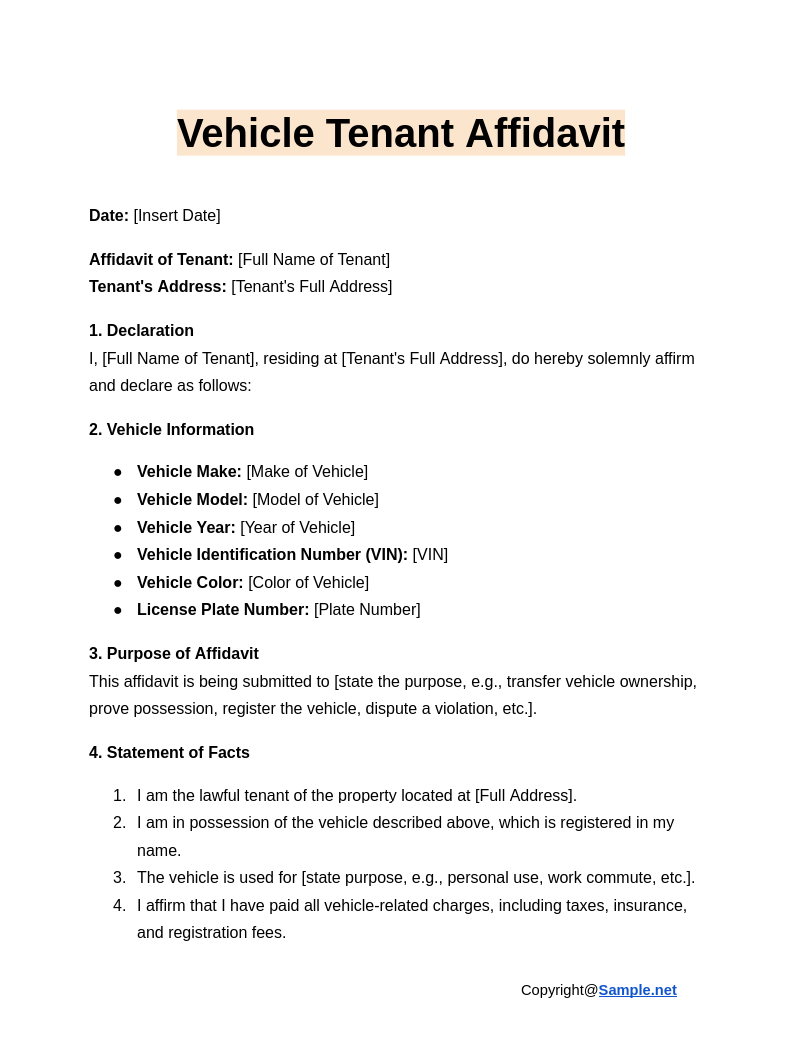
Vehicle Tenant Affidavit
download now -
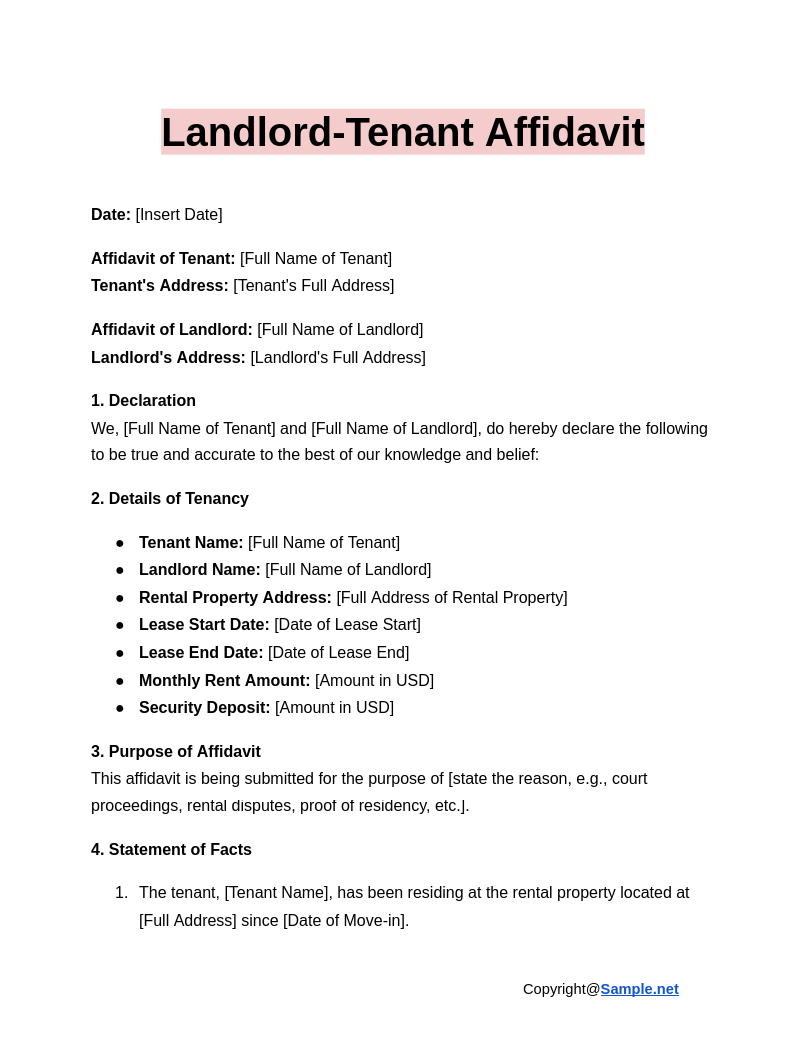
Landlord-Tenant Affidavit
download now -
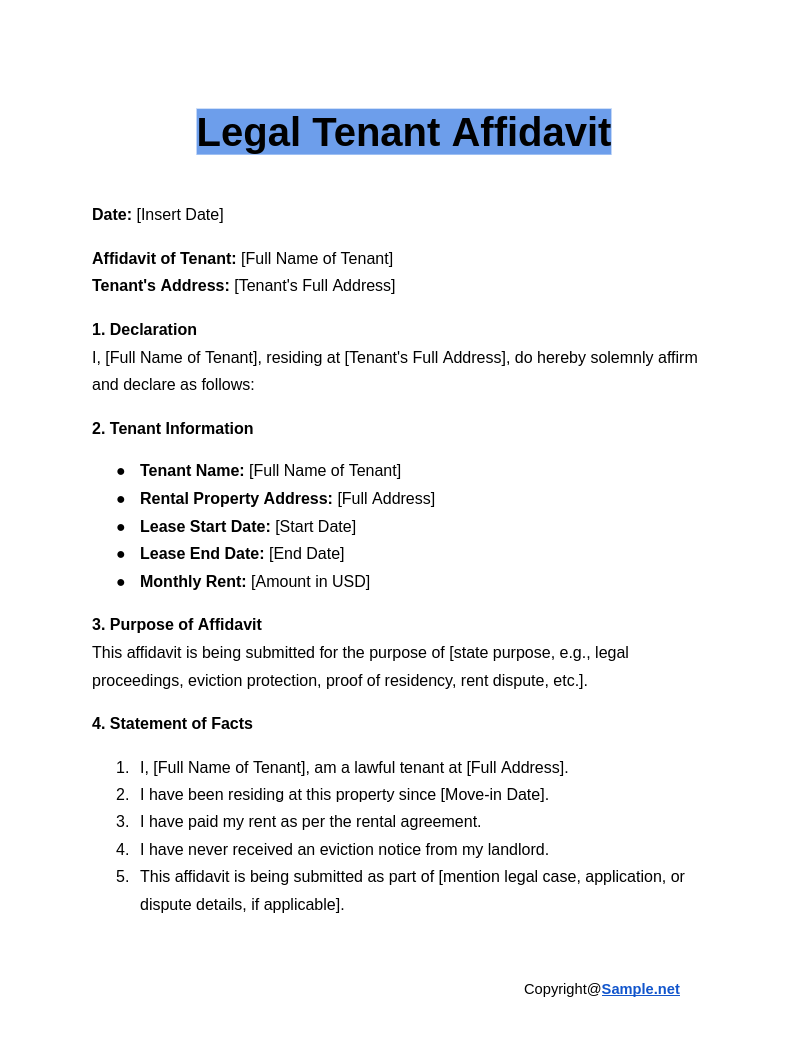
Legal Tenant Affidavit
download now -
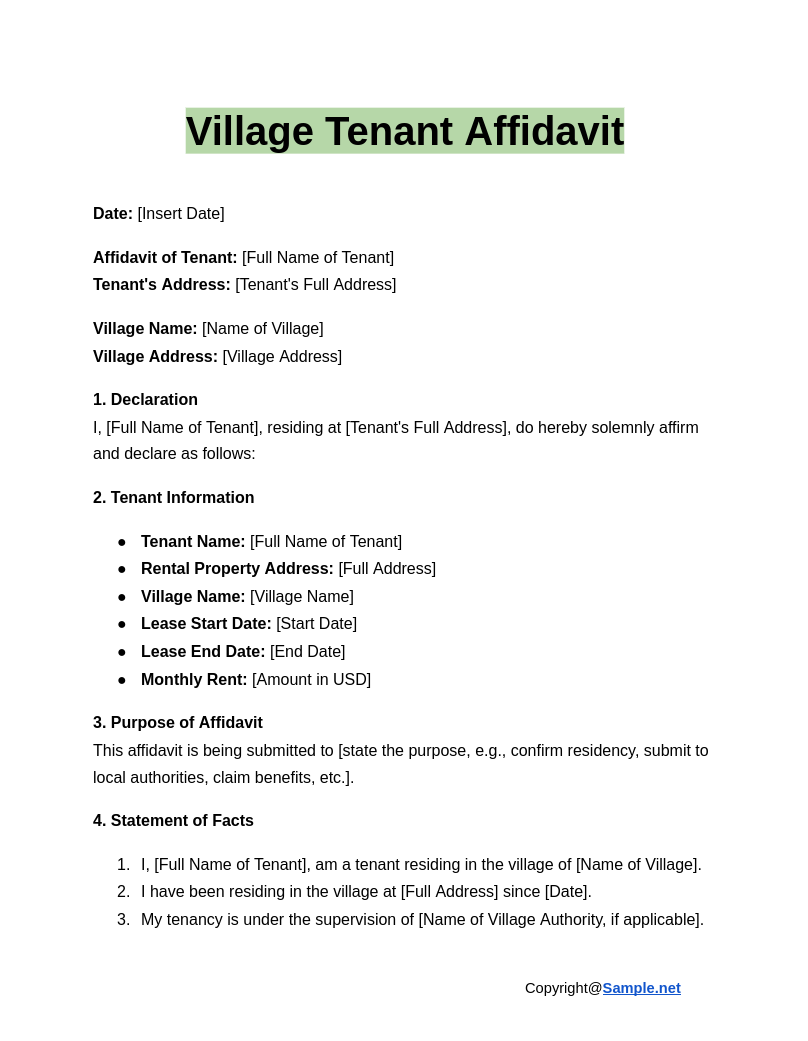
Village Tenant Affidavit
download now -
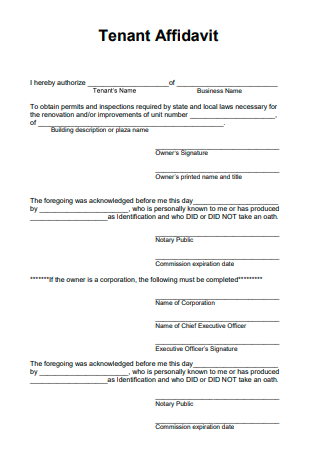
Tenant Affidavit Template
download now -
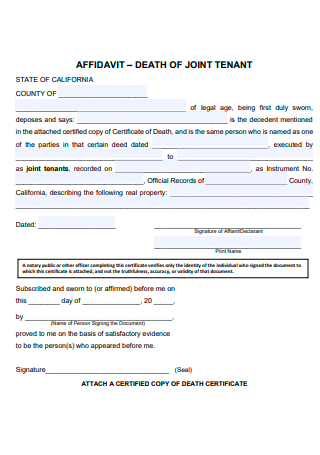
Death of Joint Tenant Affidavit
download now -
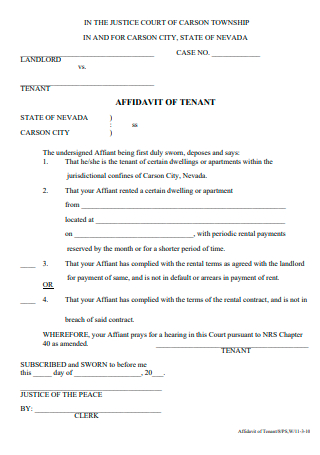
Basic Tenant Affidavit
download now -
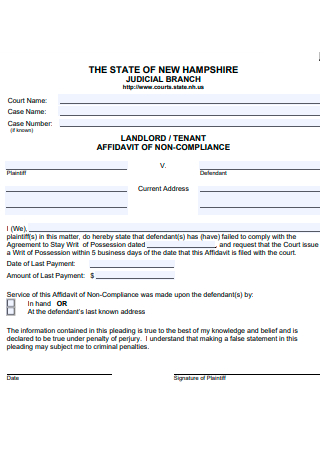
Tenant Affidavit of Non-Compliance
download now -
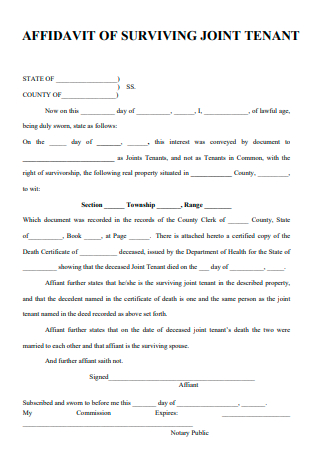
Surviving Joint Tenant Affidavit
download now -
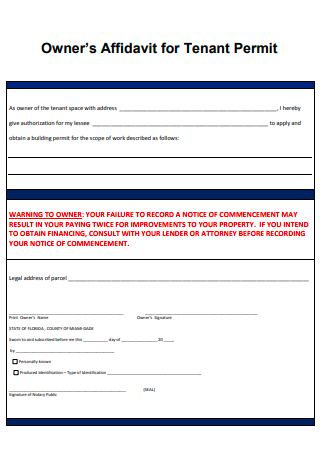
Tenant Permit Owners Affidavit
download now -
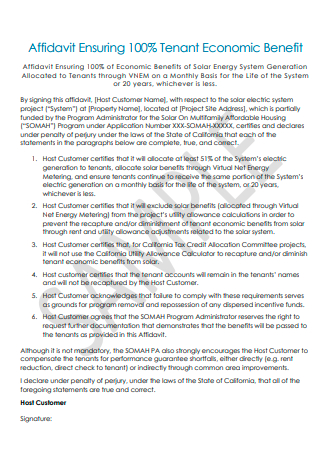
Sample Tenant Affidavit
download now -
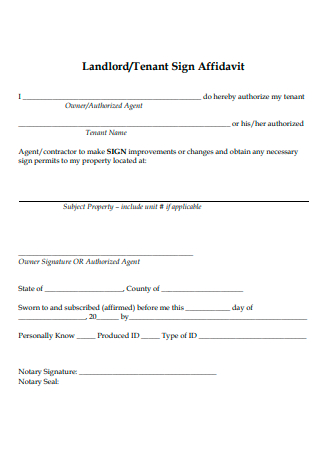
Tenant Sign Affidavit
download now -
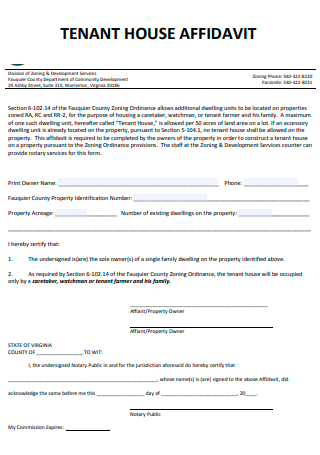
Tenant House Affidavit
download now -
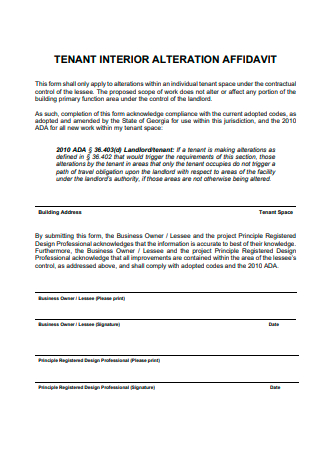
Tenant Interior Alteration Affidavit
download now -
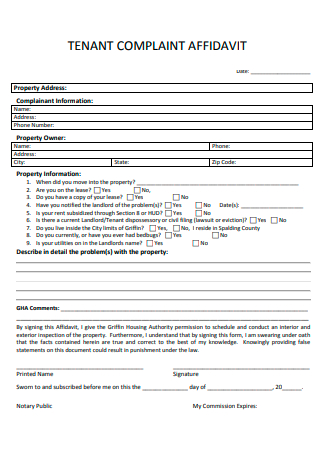
Tenant Complaint Affidavit
download now -
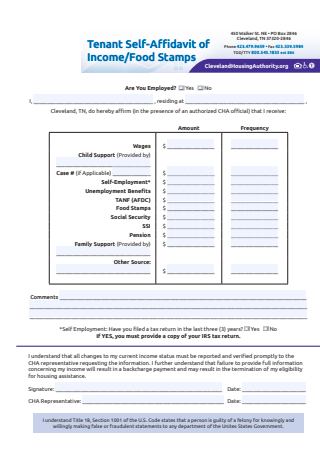
Tenant Self-Affidavit For Income
download now -
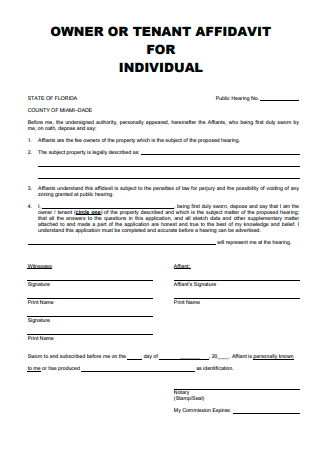
Tenant Affidavit For Individual
download now -
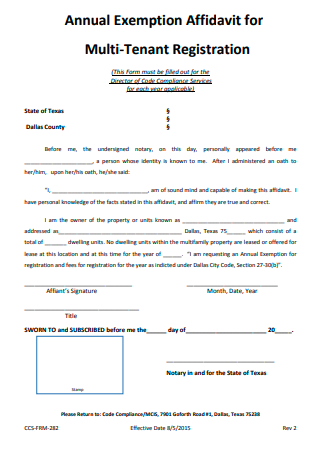
Multi-Tenant Registration Annual Exemption Affidavit
download now -
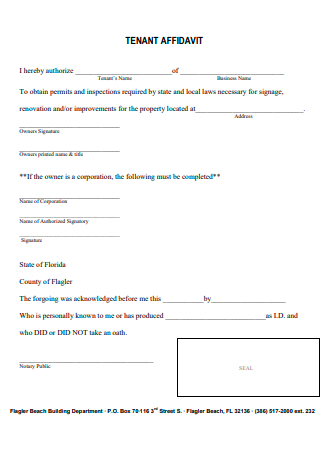
Tenant Affidavit in PDF
download now -
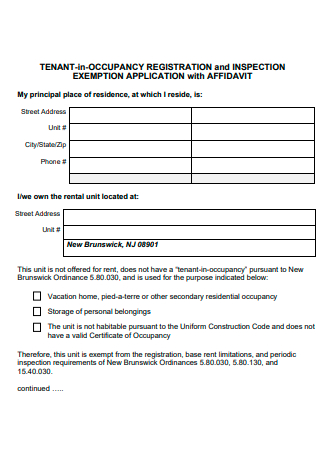
Formal Tenant Affidavit
download now -
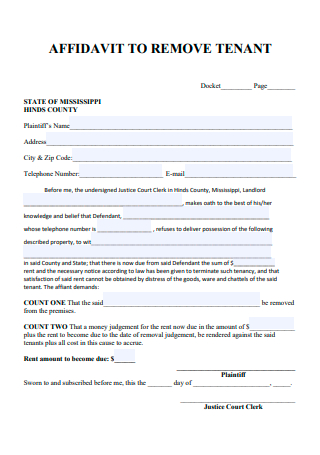
Tenant Affidavit to Remove
download now -
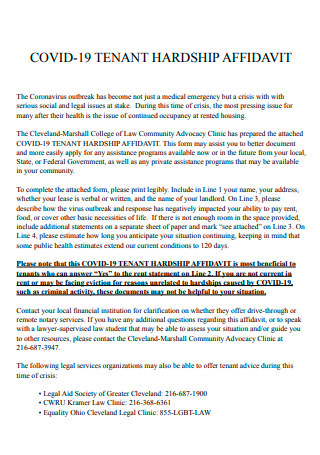
Covid-19 Tenant Hardship Affidavit
download now -
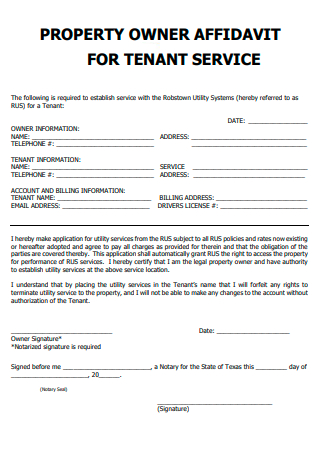
Tenant Service Propery Owner Affidavit
download now -

Construction Work and Tenant Affidavit
download now -
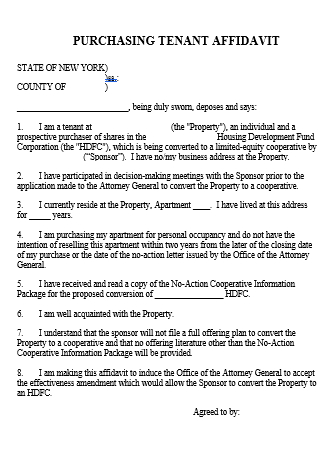
Purchasing Tenant Affidavit
download now
FREE Tenant Affidavit s to Download
Tenant Affidavit Format
Tenant Affidavit Samples
What is a Tenant Affidavit?
Types of Tenant Affidavits
How to Write a Tenant Affidavit
FAQs
What is the difference between a proof of residence letter from a landlord reference?
What is a rent reminder?
What is the most crucial aspect of an affidavit?
What specific details must be included in a tenant affidavit?
What is the difference between an affidavit and a declaration?
How can I prove rental payments in a tenant affidavit?
What happens if I provide false information in a tenant affidavit?
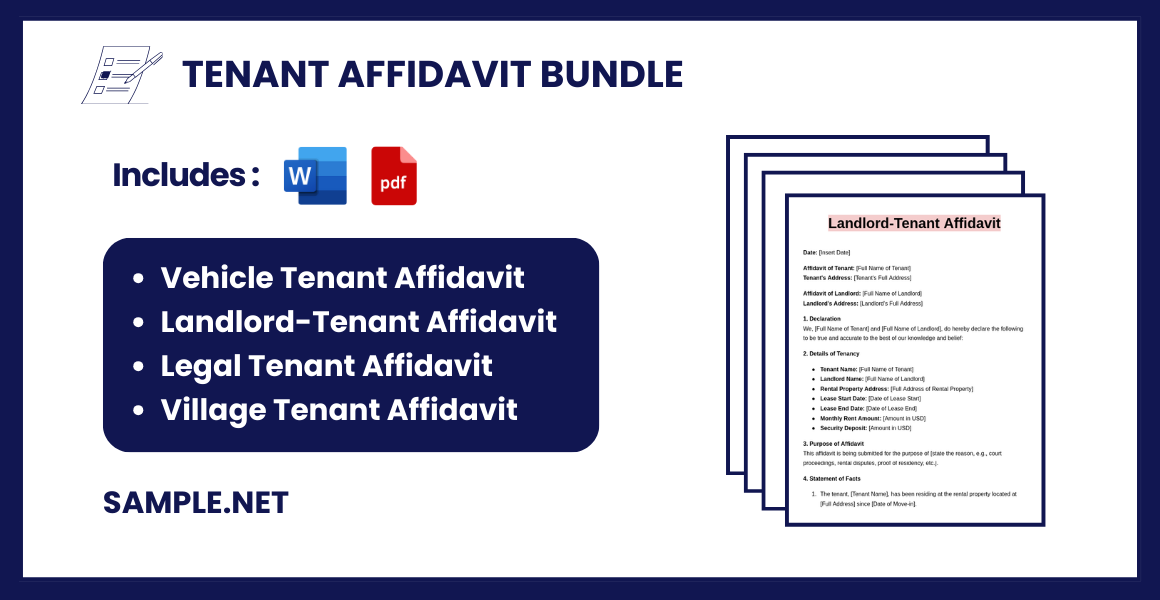
Download Tenant Affidavit Bundle
Tenant Affidavit Format
Date: [Insert Date]
Affidavit of: [Full Name of Tenant]
Address: [Tenant’s Full Address]
City, State, ZIP Code: [City, State, ZIP Code]
Phone Number: [Tenant’s Phone Number]
Email Address: [Tenant’s Email Address]
Subject: Tenant Affidavit
1. Declaration
I, [Full Name of Tenant], of [Address of Tenant], do hereby solemnly affirm and declare the following to be true and accurate to the best of my knowledge and belief:
2. Tenant Information
- Tenant Name: [Full Name]
- Lease Property Address: [Full Address of Rental Property]
- Landlord Name: [Full Name of Landlord/Property Owner]
- Lease Start Date: [Date of Lease Start]
- Lease End Date: [Date of Lease End]
- Monthly Rent Amount: [Amount in USD]
- Mode of Payment: [Payment Method, e.g., Cash, Check, Bank Transfer]
3. Purpose of Affidavit
The purpose of this affidavit is to [state the purpose, e.g., verify my residency, certify payment of rent, declare tenancy details, or any specific purpose for which the affidavit is being submitted].
4. Statement of Facts
I hereby affirm that:
- I am the lawful tenant of the property located at [Full Address of Rental Property].
- I have resided at the property since [Date of Move-in].
- I have paid rent in accordance with the lease agreement, which was signed on [Date of Lease Agreement].
- I have made timely rent payments in the following manner:
- Payment Periods: [List payment periods, e.g., Jan 2024 – Dec 2024]
- Amount Paid Per Month: [Amount in USD]
- Method of Payment: [e.g., Online Transfer, Cash, Bank Deposit]
- I have not sublet or transferred my tenancy to any third party.
- I have complied with all terms and conditions of the lease agreement.
- [Include any additional details if required for your specific situation, such as notices given, maintenance requests, etc.]
5. Additional Declarations
- I affirm that I have not received any eviction notices from the landlord/property owner.
- I have no pending rent payments as of the date of this affidavit.
6. Verification
I affirm that the information provided in this affidavit is true, complete, and accurate to the best of my knowledge. I understand that providing false information in this affidavit may result in legal consequences.
Signature
Signature of Tenant
Full Name of Tenant
Date: [Insert Date]
Witness Statement (if required)
The undersigned witness(es) attest to the fact that the tenant signed this affidavit in their presence and affirmed the truthfulness of its contents.
- Witness Signature: ___________________________
Full Name of Witness: [Name of Witness]
Date: [Insert Date] - Witness Signature: ___________________________
Full Name of Witness: [Name of Witness]
Date: [Insert Date]
Notarization (if required)
State of [State]
County of [County]
Subscribed and sworn to (or affirmed) before me on this [Date] by [Full Name of Tenant].
Signature of Notary Public: ___________________________
Name of Notary Public: [Name of Notary Public]
Commission Expiration Date: [Insert Date]
Notary Seal/Stamp:
What is a Tenant Affidavit?
A tenant affidavit has several functions. It might be to certify a payment, respond to an eviction notice, or file a Complaint. It can also serve as evidence of a landlord-tenant relationship. Whatever the goal, preparing this legal document requires careful thinking. Since it may be utilized in court, the terms and substance of this document must be carefully considered. Even when it comes to a landlord no longer wanting a renter to remain within their premises, an affidavit to remove the tenant would be required for legal procedure. You can view the tenant affidavit example to see how it is formatted. You can also see more on Rental Affidavit.
Types of Tenant Affidavits

1. Affidavit of Payment
The Affidavit of Payment is used to confirm that rent payments have been made on specific dates. This is often used in situations where a landlord claims non-payment of rent. The tenant can include details such as the payment date, method of payment (cash, check, or online transfer), and the amount paid. Evidence such as payment receipts or bank statements can be attached to the affidavit for stronger proof.
2. Affidavit of Occupancy
This type of affidavit verifies that the tenant resides in the rental property. It is used to prove that the tenant is occupying the property as per the lease agreement. The affidavit may be required during disputes with the landlord or for government housing assistance. It includes the tenant’s name, property address, move-in date, and a sworn statement confirming occupancy.
3. Eviction Defense Affidavit
The Eviction Defense Affidavit is used by tenants to challenge or dispute an eviction notice from the landlord. It outlines the tenant’s position and provides evidence to refute the landlord’s claims. The tenant can cite reasons like rent payments that were made on time, improper eviction notices, or unfulfilled landlord obligations. This affidavit is commonly used in court proceedings to prevent eviction. You can also see more on Tenant Agreement.
4. Lease Dispute Affidavit
When disputes arise over the lease terms, the Lease Dispute Affidavit helps clarify the tenant’s version of the facts. It allows the tenant to document specific lease terms, such as rent amount, payment frequency, or security deposit details. This affidavit is useful if a landlord tries to impose additional charges or alter lease terms without agreement from the tenant. The affidavit serves as evidence to support the tenant’s position in court or during arbitration.
5. General Tenant Affidavit
The General Tenant Affidavit is a versatile document that can be used for multiple purposes, such as proving rental payments, verifying occupancy, or clarifying lease terms. It includes a sworn statement covering all relevant details that the tenant wishes to declare. This type of sample affidavit is often used when a tenant needs a single document to address multiple issues related to tenancy.
6. Affidavit of Tenancy
An Affidavit of Tenancy serves as proof that the tenant has a valid, ongoing tenancy at a specific property. It may be required by government agencies, courts, or housing authorities to verify that the tenant resides at the location. It includes essential information such as tenant details, property address, lease start date, and the duration of the lease.
7. Affidavit of Rental Agreement
This affidavit summarizes the key details of a rental agreement, especially if the original lease document is lost or disputed. It allows the tenant to provide information on rent, security deposit, and lease duration. This affidavit is helpful in resolving lease-related issues with landlords or legal authorities when the actual lease agreement cannot be produced.
8. Move-in Condition Affidavit
A Move-in Condition Affidavit documents the condition of the property at the time the tenant moves in. It is often created alongside a move-in checklist and is used to resolve future disputes about property damage. This affidavit includes photographs and descriptions of the property’s condition, which are signed by both the tenant and landlord. If the landlord tries to charge the tenant for pre-existing damages, this affidavit can be used as evidence. You can also see more on Affidavit of Payment.
How to Write a Tenant Affidavit
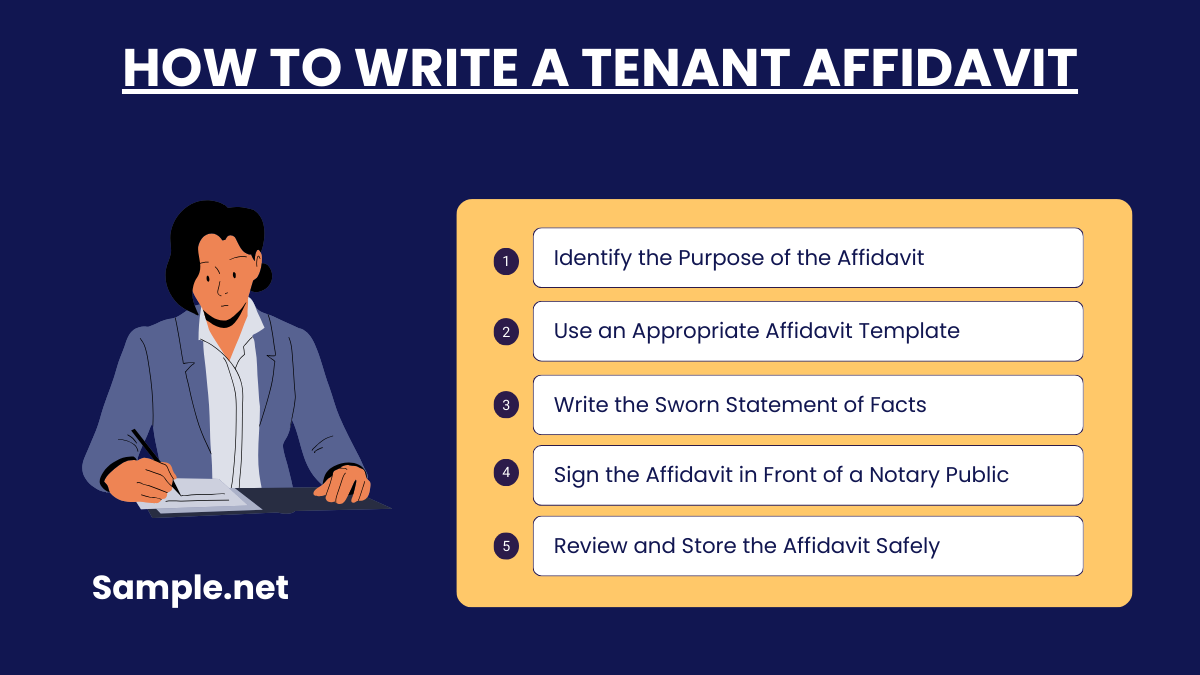
Step 1: Identify the Purpose of the Affidavit
Start by identifying why you need the affidavit. Whether it is to prove rent payments, verify your tenancy, or contest an eviction, the purpose will dictate what information you include. Clarifying this early will ensure you focus on the most relevant details for your case.
Step 2: Use an Appropriate Affidavit Template
Find a pre-made tenant affidavit template or create a layout from scratch. The structure should have a title, tenant information, property details, a sworn statement section, signature line, and a section for notarization. Ensure you leave space for the notary’s stamp and seal. You can also see more on Affidavit of Occupancy.
Step 3: Write the Sworn Statement of Facts
This is the most critical part of the affidavit. Write a detailed, clear, and truthful statement that outlines the facts you are attesting to. For example, if you are proving rent payments, mention payment amounts, payment dates, and method of payment. Use simple, factual language. Avoid vague statements and focus on specific, verifiable details.
Step 4: Sign the Affidavit in Front of a Notary Public
Once you have written the affidavit, you must sign it in the presence of a notary public. The notary will confirm your identity, witness your signature, and apply their seal or stamp to the document. This notarization process ensures the affidavit can be used in legal proceedings.
Step 5: Review and Store the Affidavit Safely
Check the affidavit for errors or missing information. Ensure all dates, names, and details are accurate. After the notary has applied their seal, keep a copy of the affidavit for your records. This document may be used in future legal cases, so storing it securely is crucial.
Tenant affidavits are essential tools for tenants seeking to protect their rights, clarify lease terms, or challenge unfair landlord actions. By understanding the different types of tenant affidavits, tenants can choose the most appropriate one for their needs. From payment proof to eviction defense, each affidavit serves a specific purpose in landlord-tenant disputes. Knowing how to create a legally valid tenant affidavit can provide tenants with strong legal support in property-related matters, ensuring their rights and obligations are fully understood. You can also see more on Landlord Agreement.
FAQs
What is the difference between a proof of residence letter from a landlord reference?
The evidence of the Residency Letter is not the same as a reference letter that your renter may request. You would most likely be glad to write a credit reference for this renter if your tenant is reference-worthy. However, if your renter is troublesome in any manner, you are in a difficult position. In addition to being immoral, signing an inaccurate declaration essentially perjured oneself. Depending on the renter, you may not want to write a reference letter, which raises another issue: notifying your tenant that you do not want to send the formal letter. As you can see, a landlord may struggle with the reference letter, but the evidence of the residency letter is typically not.
What is a rent reminder?
A rent reminder letter or notice is one that is issued to renters either before or after their rent is due. The purpose of this letter is to gently remind tenants that they must pay rent without threatening them with penalties. Many landlords think about sending these letters out before rent is due to notify renters of the forthcoming Payment. Friendly rent reminders given prior to the due date are a polite and friendly method to keep things on track, but not all tenants will be amenable to this.
What is the most crucial aspect of an affidavit?
Affidavits are an important element of court proceedings because they give a written description of the events surrounding the case, which may help judges reach judgments more easily. They are also handy for keeping records. Remember two things regarding affidavits: everything you put in must be significant, and it must be factual, not opinion. The declaration you make in the affidavit, as well as any documents attached to it, must be relevant to the case before the Court. This is essential for a good affidavit. You can also see more on Affidavit of Property.
What specific details must be included in a tenant affidavit?
A tenant affidavit must include the tenant’s full name, property address, landlord’s name, and a detailed sworn statement of facts. It should also have the date, the tenant’s signature, and a notary public’s seal. Without these elements, the affidavit may not be valid in court.
What is the difference between an affidavit and a declaration?
An affidavit is a sworn statement signed in front of a notary public, while a declaration does not require notarization. Affidavits are often used in court as legal evidence, whereas declarations are used for administrative purposes.
How can I prove rental payments in a tenant affidavit?
To prove rental payments, state the amount paid, the payment method (cash, check, or bank transfer), and the date it was made. Attach proof, such as payment receipts or bank statements, as supporting evidence to strengthen the affidavit.
What happens if I provide false information in a tenant affidavit?
Providing false information in a tenant affidavit is considered perjury, a serious legal offense. Since affidavits are signed under oath, lying in the affidavit can lead to legal consequences, fines, or even jail time. Always ensure that all information provided is truthful and accurate. You can also see more on Affidavit of Personal.
